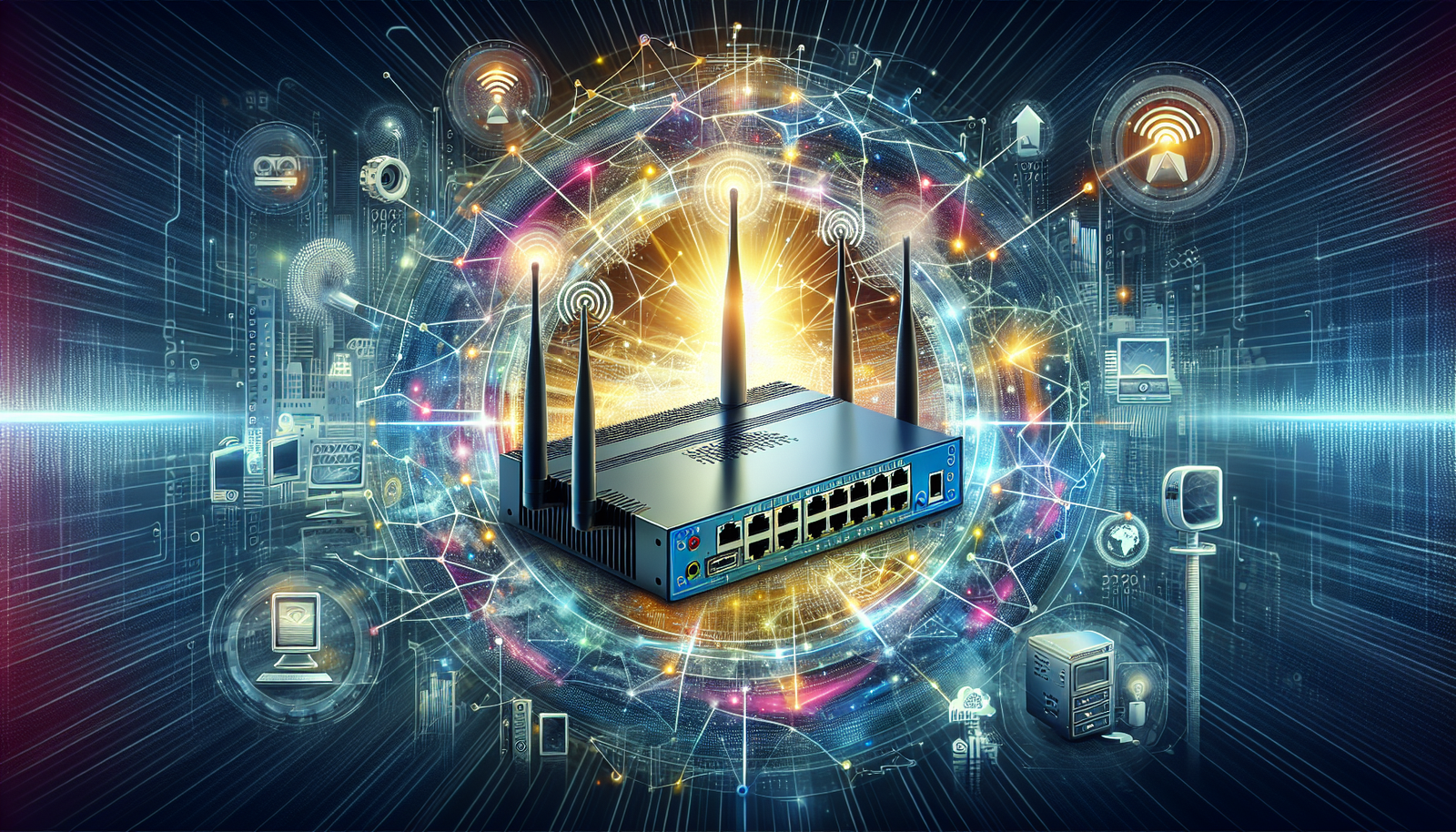What do you think about the way technology has evolved over the years? One significant advancement that has been gaining momentum is edge computing, which is changing how we process and analyze data. Let’s take a closer look at this exciting technology and the benefits it brings to the table.
What Is Edge Computing?
In simple terms, edge computing refers to the practice of processing data closer to where it is generated, rather than relying on a centralized data center located far away. This can occur at various points, such as devices, gateways, and local edge servers. The key advantage here is that it reduces latency, enhances speed, and optimizes bandwidth.
Why Is It Important?
With the exponential growth of data generated by various Internet of Things (IoT) devices, the traditional centralized cloud computing model struggles to keep up. My experience tells me that by decentralizing data processing, we can provide faster insights and make more informed decisions in real-time.
Core Benefits of Edge Computing
When I think about the advantages of edge computing, several key benefits stand out. Understanding these can help illuminate why this technology is becoming more prevalent across industries.
Reduced Latency
One of the primary benefits of edge computing is reduced latency. Data that needs to be processed far from its source can take considerable time to travel back and forth to a centralized data center. With edge computing, I can process and analyze data right where it is generated, which can significantly decrease the time it takes to receive insights.
| Benefit | Description |
|---|---|
| Reduced Latency | Faster data processing by handling it locally. |
| Enhanced Speed | Quicker responses to real-time data requests. |
Improved Bandwidth Efficiency
Another advantage I relish is improved bandwidth efficiency. Since data is processed locally, I don’t need to send all data to the cloud for analysis. This minimizes the amount of data transmitted to centralized servers, which is especially beneficial in situations where bandwidth is limited or costly.
Increased Security and Privacy
With more data being processed on-site, security measures can be implemented right at the source. Encrypting data locally helps protect sensitive information from being intercepted during transmission. Moreover, I find that edge computing allows organizations to keep data within their local environments, thereby doing my part in enhancing privacy.
Scalability
Edge computing also offers tremendous scalability opportunities. As I add more devices to my network, I can easily scale my edge computing architecture to accommodate this growth without overloading central servers. This flexibility makes it easier for businesses to expand their operations while maintaining efficiency.
Key Use Cases for Edge Computing
Having a firm grasp of what edge computing is and its benefits is fantastic, but it’s also essential to see how this technology is being applied in real-world scenarios. Let’s look at some of the notable use cases.
Smart Cities
The concept of smart cities fascinates me, as it integrates technology to improve urban living. Edge computing plays a crucial role in managing systems such as traffic monitoring, waste management, and energy distribution. With real-time data processing at the edge, city officials can make smarter decisions that benefit residents.
Healthcare
In the healthcare sector, timely data processing can mean the difference between life and death. Edge computing enables medical devices to process critical patient data quickly, alerting healthcare providers to abnormalities in real-time. This dramatically enhances patient care and operational efficiency.
Manufacturing
Manufacturing industries leverage edge computing for predictive maintenance. By analyzing data from machinery at the edge, companies can anticipate equipment failures before they occur, reducing downtime and keeping production running smoothly.
Retail
In the retail sector, edge computing can personalize the shopping experience. By analyzing customer behavior and preferences in real-time, stores can adjust their offerings or promotions instantly, maximizing sales opportunities.
Autonomous Vehicles
Autonomous vehicles rely heavily on data processing. With edge computing, vehicles can analyze data from their surroundings in real-time, enabling quicker decisions for navigation and obstacle avoidance. This leads to safer travel experiences for passengers.
Challenges of Edge Computing
While the advantages of edge computing are substantial, I must also acknowledge some challenges that organizations may face when adopting this technology. Understanding these hurdles can help me navigate through implementing an effective edge computing strategy.
Management and Complexity
Managing a distributed network of edge devices can create complexity within infrastructure. The more devices I deploy, the more challenging it becomes to monitor and maintain them effectively. A thoughtful deployment strategy is necessary to keep everything in check.
Security Concerns
Although edge computing offers improved security and privacy, it also introduces new risks. More devices connected to the network mean more potential vulnerabilities. Implementing robust security protocols tailored for edge environments is crucial to minimize these risks.
Limited Compute Resources
Edge devices often have limited computing resources compared to centralized data centers. I must consider whether the edge devices possess sufficient processing power to handle my specific workloads. Sometimes, a mix of edge and cloud computing may be necessary to optimize overall operations.
Interoperability
Another challenge I face is interoperability among diverse devices and platforms. Edge computing systems may come from various vendors, making it essential to ensure they can communicate effectively. Standardizing protocols can help mitigate some of these issues.
Future Trends in Edge Computing
Looking ahead, I see fascinating possibilities for edge computing that could reshape industries and enhance the way we live and work. Here are a few trends to watch for in the near future.
Increased Adoption of AI and Machine Learning
I anticipate that edge computing will drive the adoption of artificial intelligence (AI) and machine learning (ML) at the edge. These technologies can help analyze data streams quickly and efficiently, allowing for intelligent decision-making in real-time scenarios. For instance, smart devices may perform contextual recognition and adapt their functions accordingly.
Integration with 5G Technology
As 5G networks become more commonplace, I believe edge computing will experience a significant boost. The ultra-low latency and high bandwidth offered by 5G will enable more devices to connect and process data at the edge efficiently. This means even more advanced applications, like remote surgeries or real-time virtual collaboration.
Greater Focus on Sustainability
I also foresee an increasing emphasis on sustainability in edge computing practices. As organizations strive to reduce their carbon footprints, they may look to use energy-efficient edge devices powered by renewable energy sources. This transition can contribute to more environmentally friendly technology practices.
Expansion of Edge Computing Platforms
As the market evolves, I expect a surge in dedicated edge computing platforms that simplify deployment and management processes. These platforms will allow businesses to more seamlessly integrate edge computing into their existing operations without significant disruption.
Conclusion
I’ve only scratched the surface when it comes to discussing edge computing and its incredible benefits. This technology enables faster data processing, enhances operational efficiency, and paves the way for the next wave of innovation across various sectors. While challenges remain, the potential for growth and advancement is immense.
As I observe this space evolve, I’m excited about the new possibilities and improvements that edge computing will bring to our lives in the future.






